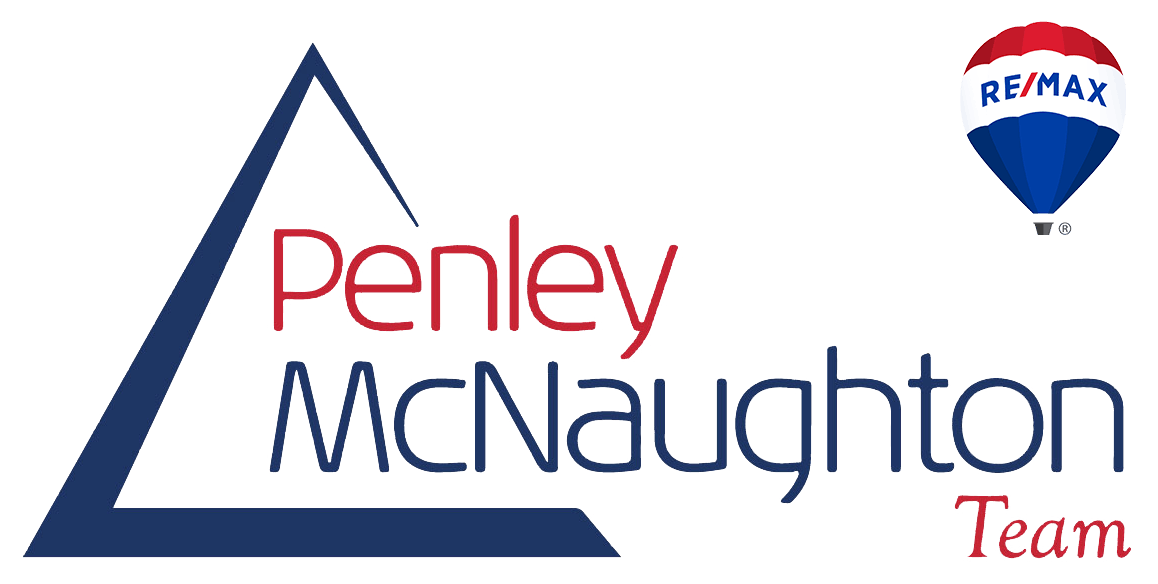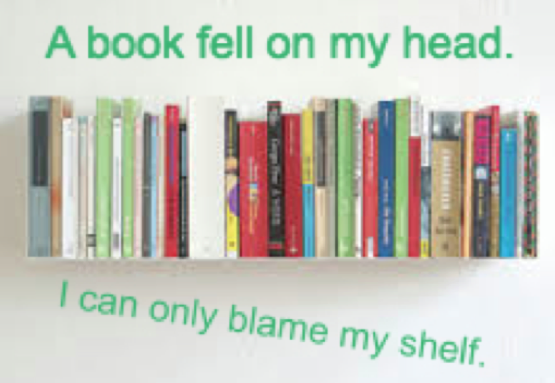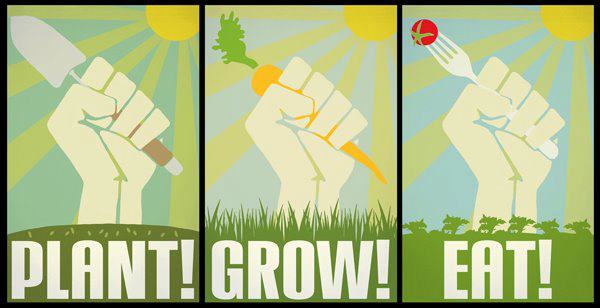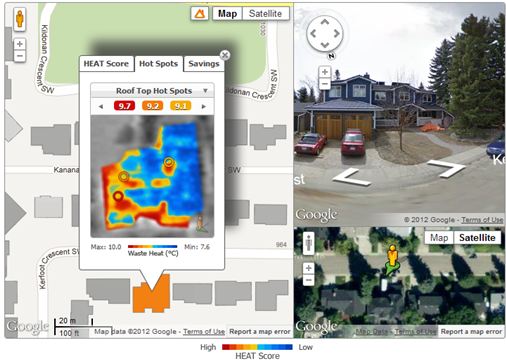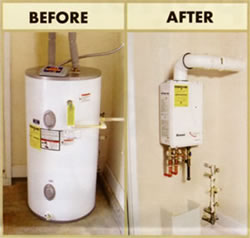Nearly half of greenhouse gas emissions in Canada come from our homes.
Calculate your ecological footprint.
We want our homes to be comfortable, safe, clean, healthy and to have the smallest environmental footprint as possible. That’s why consumers, homebuilders, homeowners, property managers, REALTORS®, local governments and schools are all focusing on building homes and buildings that serve people better.
SmartHomes should save you money AND make you money. CREB®’s HomeSmarts program is here to help make that happen.
CREB® HomeSmarts is working with REALTORS®, buyers, sellers and partners to:
- Factor the efficiency and healthiness of a home into the transaction
- Reduce the environmental impact of Calgary and area homes
- Make your HomeSmarts home more marketable
- Make it easier to find a home that fits your values
A greener home is one that provides healthier and more comfortable living spaces and has features that reduce its impact on the environment. A greener home:
- uses energy, water, land and materials more efficiently
- provides a healthy habitat for the people who live in it
- uses materials that protect human health and the natural environment
- has minimal impact on the land it’s built on and the surrounding area
- is located within walking or biking distance to schools, transit routes, grocery stores and other essential services
Greener homes have many benefits and are an important way we can live more sustainably now and into the future. Whether you are building, buying or renovating, there are a few simple ways to enhance your home’s efficiency which can add up to savings.
There are major benefits of a greener home.
Better Quality of Life
How about comfort? Greener homes have better indoor air quality and more natural light, making families who live in them happier and healthier.
Improved Environmental Sustainability
Greener homes use higher quality, less toxic, and sometimes recycled materials. Greener homes waste less water and are more energy efficient so they produce less climate-changing greenhouse gases.
Want to enhance your home’s efficiency? From easy and affordable to a little more complex, there are tips and $mart options that can add up to saving$.
Learn more.
Lower Operating Costs
Greener homes have lower energy and water bills because they are more efficient. They are also more durable because they are better designed and use higher quality building materials.
Once you are in your home, there are a few additional things you can do to potentially realize more efficiency saving$.
Learn more.
Higher Home Values
Greener homes are becoming increasingly more desirable. So when you make your home greener, you are investing in your future because, in addition to saving you money along the way, your house may likely have a higher resale value.
Whether you are building, buying or renovating, there are many things you can do to take action and make your home greener.
WINTER Tips
As the snow flies and the temperature dips, natural gas use increases. Here are some gas-saving tips to try to help you reduce the amount you use:
- Install a programmable thermostat and set it to optimize your heating and cooling efficiency throughout the day;
- Insulate your hot water tank and pipes to help prevent heat loss;
- Check your furnace’s filter every month and have your furnace and ducts cleaned once a year to increase efficiency;
- Caulk your windows and doors and replace old windows to prevent air leaks;
- Turn your water heater off or set it to vacation mode when you’re away;
- In the winter, keep the blinds on your south-facing windows open during the day to let the sun heat your home; and
- If you don’t need to keep your garage the same temperature as your house, put it on a separate thermostat and turn the heat down.
Source: ENMAX



